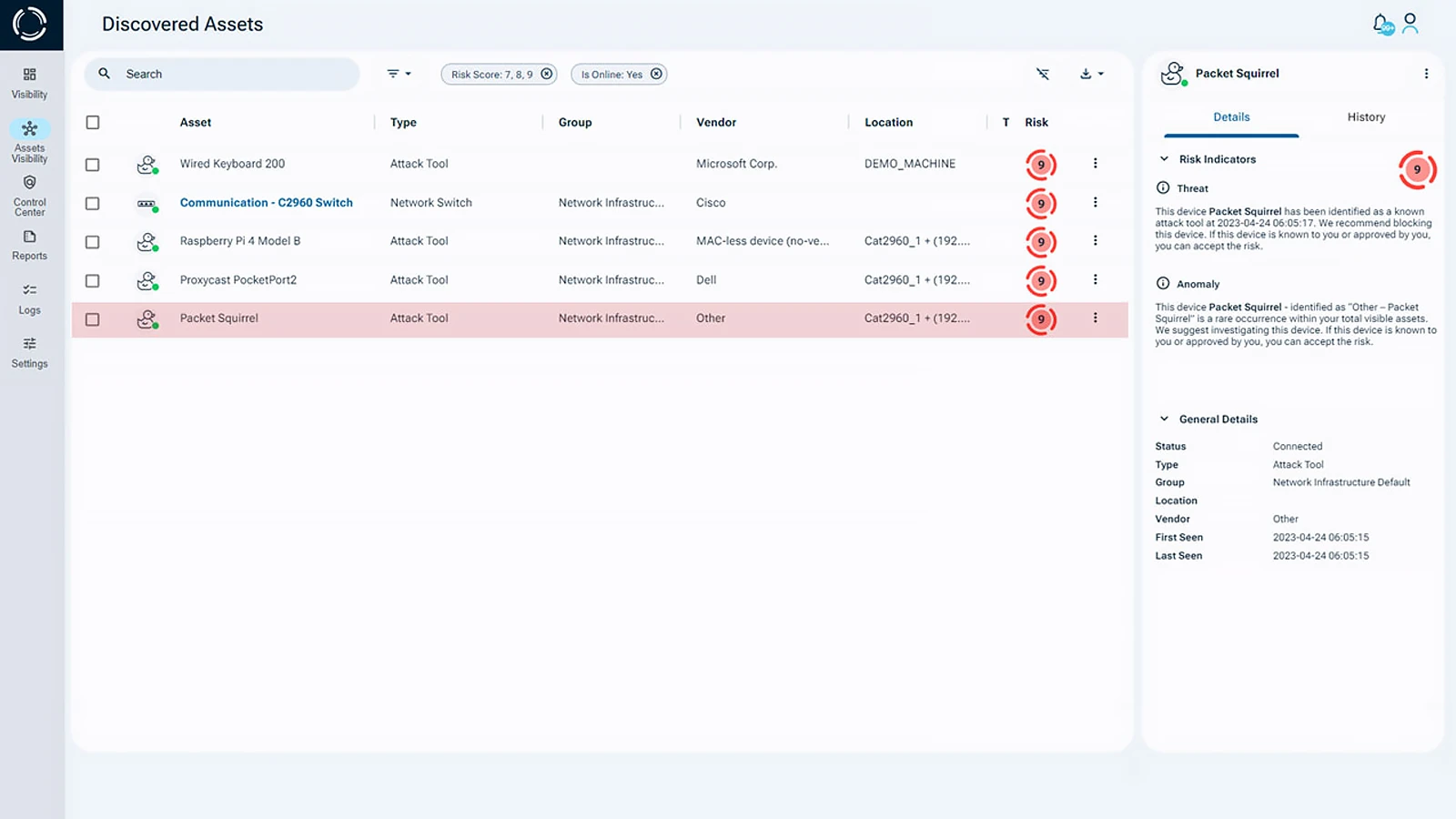What is Juice Jacking?
A juice jacking attack occurs when a cybercriminal exploits a public charging station or a compromised charging cable to transfer malware or gain unauthorized access to a user’s device while it is being charged. Here, “juice” refers to electric power, and “jacking” refers to hijacking or unauthorized access, thus the term Juice Jacking in cyber security.
A juice jacking attack takes advantage of the trust users place in public USB charging ports. Once a compromised cable or port is used, malicious software can be installed, allowing hackers to extract sensitive data, track activities, or even take control of the device. As these attacks become more sophisticated, it is crucial to understand the risks and adopt preventive measures to protect personal and financial information
How a Juice Jacking Attack Works?
Have you ever heard of a juice jacking? We’ve all been there. The dreaded “battery level 20%” pop up on your phone. The sudden change from white to red on the top right-hand corner of the screen. Panic sets in as you start to imagine the catastrophes that would occur should the battery not last until you can charge it again.
At last, you spot the charging kiosk in the distance, illuminated as if by divine light. As you finally connect the wire to your phone, you let out a long sigh of relief. All is well in the world again. The birds are singing, and the clouds are parting to let the sun stream through.
But no. This isn’t a safe moment. That online burger or shoe order required your credit card details, which hackers want. Through a tactic called juice jacking, they can steal that data. Just by using a free public charging station, a cybercriminal can take control of your phone and inject malicious code, stealing passwords and sensitive info in under a minute.
Understanding a Juice Jacking Attack
That free charging kiosk might not be as harmless as it looks. A hidden computer inside the station, or even in the cable, can automatically pair with your phone when you plug in. From there, cybercriminals can access your photos, messages, passwords, and even bank information. And if you tap “trust,” they may retain access long after you’ve disconnected.
So, before you reach for that public charger, ask yourself: is a quick battery boost worth the risk of a data breach?
Can Juice Jacking Chargers Steal Data?
The type of data that hackers can steal through a juice jacking attack varies based on the attacker’s methods and the device’s vulnerabilities. When you connect your phone or other electronic device to a compromised charging station, the attacker can access and steal:
Personal Information
Hackers may attempt to steal personal information such as contact lists, emails, messages, and social media accounts. Hackers can use this information for identity theft, phishing attacks, or other malicious purposes.
Login Credentials
If you’ve saved login credentials on your device for various apps and websites, hackers can potentially steal this information. This includes usernames, passwords, and other sensitive login details.
Financial Information
Hackers might target credit card numbers, bank account information, and other financial data stored on the device. They can use this information for fraudulent transactions or to gain unauthorized access to financial accounts.
Personal Files and Documents
Hackers can also target files and documents stored on the device. This might include sensitive work-related documents, personal photos, videos, or any other type of file that you have on your device.
Location Data
Some apps and devices store location data that hackers can access. They can use this information to track your movements or target you with location-based attacks.
Device Information
Hackers might target the device itself, seeking its unique identifiers (IMEI, serial number), device model, operating system version, and other technical details. They can use this information for further attacks or sell it on the dark web.
It’s important to note that a juice jacking attack relies on the false sense of trust users place in public USB charging ports. When you connect your device to a compromised port, you’re essentially giving the attacker access to your device, which can lead to various types of data theft.
Juice Jacking Attack Prevention Tips
Here’s how to stay protected. The best juice jacking attack prevention strategies include:
- Use Trusted Charging Sources: Stick to using your own charging cables and power adapters or trusted charging stations. Avoid using public charging stations or cables from unknown sources.
- Use USB Data Blockers: USB blockers are small devices that prevent the data pins in a USB cable from making a connection while allowing the power pins to connect. This way, only power is transferred, and data transfer is blocked.
- Carry a Portable Charger: To avoid the need for public charging stations, carry a portable charger with you. This way, you can charge your device using your own power source.
- Disable Data Transfer: On your device, disable data transfer when connecting to unknown or untrusted charging sources. Some devices allow you to configure USB settings to only allow charging.
Implementing these juice jacking attack prevention methods helps ensure your device stays safe, even when your battery’s low.
Sepio’s EndPoint and Network Security
The Sepio platform uses innovative and patented technology focused on enhancing the security of the physical layer in the OSI Model. The OSI Model’s physical layer is fundamental for network infrastructure and actual data transmission. Sepio employs advanced visibility and control features to effectively manage risks and promptly identify potential threats to your network.

Sepio is the only company in the world to undertake physical layer fingerprinting. Unlike many other cybersecurity solutions that may neglect physical layer visibility and hardware security, Sepio concentrates on protecting against threats such as network implants, rogue devices, and malicious activities that operate at the physical layer. This includes addressing issues like spoofed peripherals, such as USB attacks and a juice jacking attack.
See every asset. Stop every attack. Prevent juice jacking before it happens.
Talk to an expert. They will help you understand how to use Sepio’s patented technology to gain control of your asset risks.






